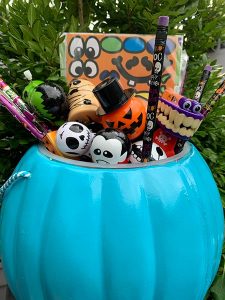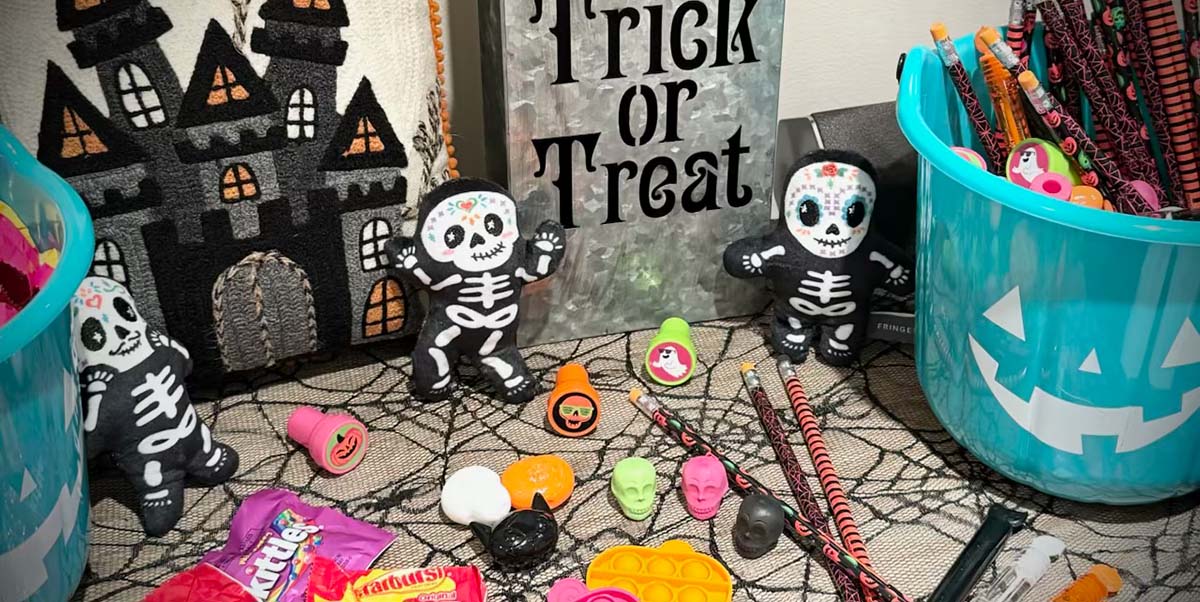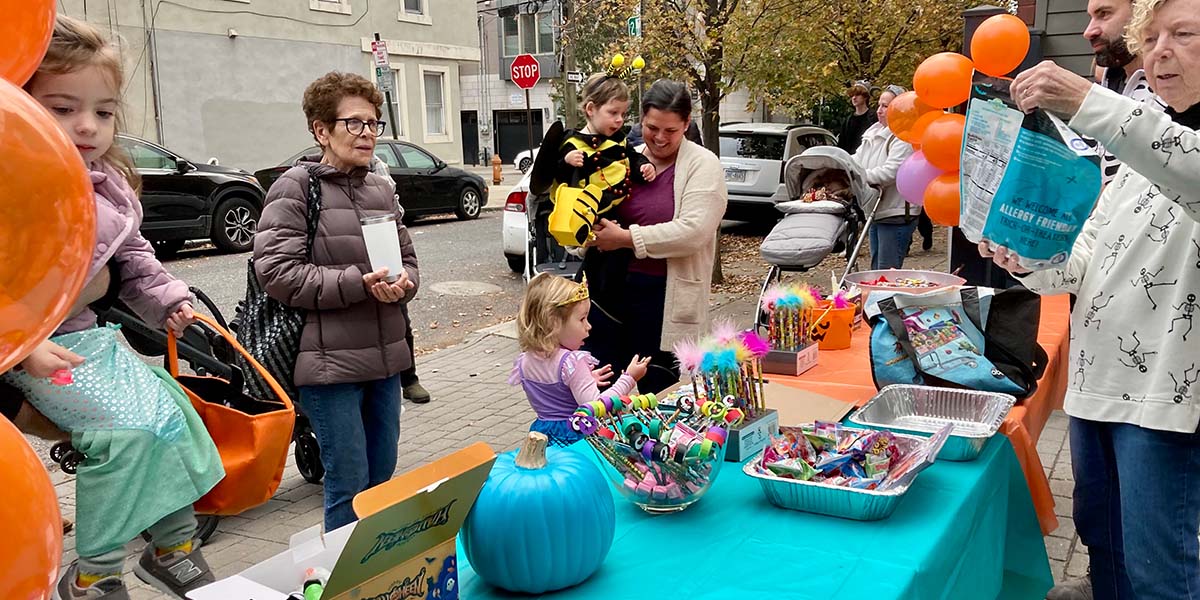For many families across Philadelphia, Bucks County, and Montgomery County, Halloween is filled with excitement,…

Are Top Halloween Treats Safe for Kids with Food Allergies? How to Choose Wisely
By Dr. Manav Segal, board-certified allergist and immunologist, Chestnut Hill Allergy & Asthma Associates
 Halloween will certainly be different during COVID-19, but one thing that hasn’t changed is the anticipation of treats. Did you know that more than half of the top treats deemed favorites last year contained peanuts, which pose potentially devastating effects for kids with a peanut allergy?
Halloween will certainly be different during COVID-19, but one thing that hasn’t changed is the anticipation of treats. Did you know that more than half of the top treats deemed favorites last year contained peanuts, which pose potentially devastating effects for kids with a peanut allergy?
Based on survey results that revealed “Favorite Halloween treats of 2019”, only Skittles are considered safe treats for individuals with food allergies. The other top treats, including Reese’s Peanut Butter Cups, Snickers, M&Ms, KitKat and Hershey bars, could pose a threat.
In addition to peanuts found in candies, the most common ingredients that trigger allergies in children include tree nuts (almonds, walnuts, cashews, etc.), milk, eggs, soy and wheat, and sesame is also becoming a common allergen. For children who are severely allergic, a single bite of candy, or any food with these ingredients, may cause a life-threatening reaction called anaphylaxis.
With food allergies on the rise, here’s how to choose treats and take precautions that can help avoid a trip to the emergency room.
Make a Plan:
- Don’t let your food-allergic child trick-or-treat alone.
- Always make sure your food-allergic child carries his or her auto-injectable epinephrine with them.
- Verify that adults or friends with your child understand his or her food allergies and what to do in an emergency.
- Teach your child how to politely say no to food that may not be safe, especially homemade items such as cookies and cupcakes.
Choosing Treats:

- Skittles, Sour Patch Kids, Starbursts and Life Savers candies are considered safe for children with food allergies. While candy corn and Smarties do not include ingredients that are common food allergens, check the labels to make sure they are not produced in a plant where cross-contamination can occur.
- Look at the labels. “Fun size” candy may contain different ingredients than regular size packages. Confirm that the candy isn’t produced where other candies that contain allergens are produced.
- A teal-colored pumpkin has been designated as a symbol for non-food treats such as pencils, erasers, notepads, crayons, Lego® toys and more.
- Candy that is safe for most kids with food allergies should not be combined with unsafe candies or foods that contain allergens, to avoid cross-contamination.
- Enjoy Life and YumEarth are two brands that produce chocolates and candies that are free of the most common (top 8) food allergens.
At Home:
- Parents should check candy and sort into a “keep pile” and a “trade pile.”
- Switch Witch: like the tooth fairy, the Switch Witch will exchange a child’s treat bag overnight with a prize for when he or she awakes. Suggest that your child can swap the “trade pile” candy for a special treat and include your child in making a donation of the candy.
- Plan additional non-food Halloween activities such as carving pumpkins or crafts.



